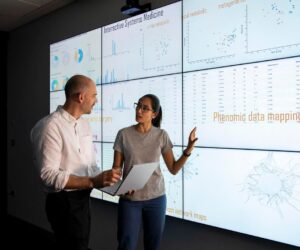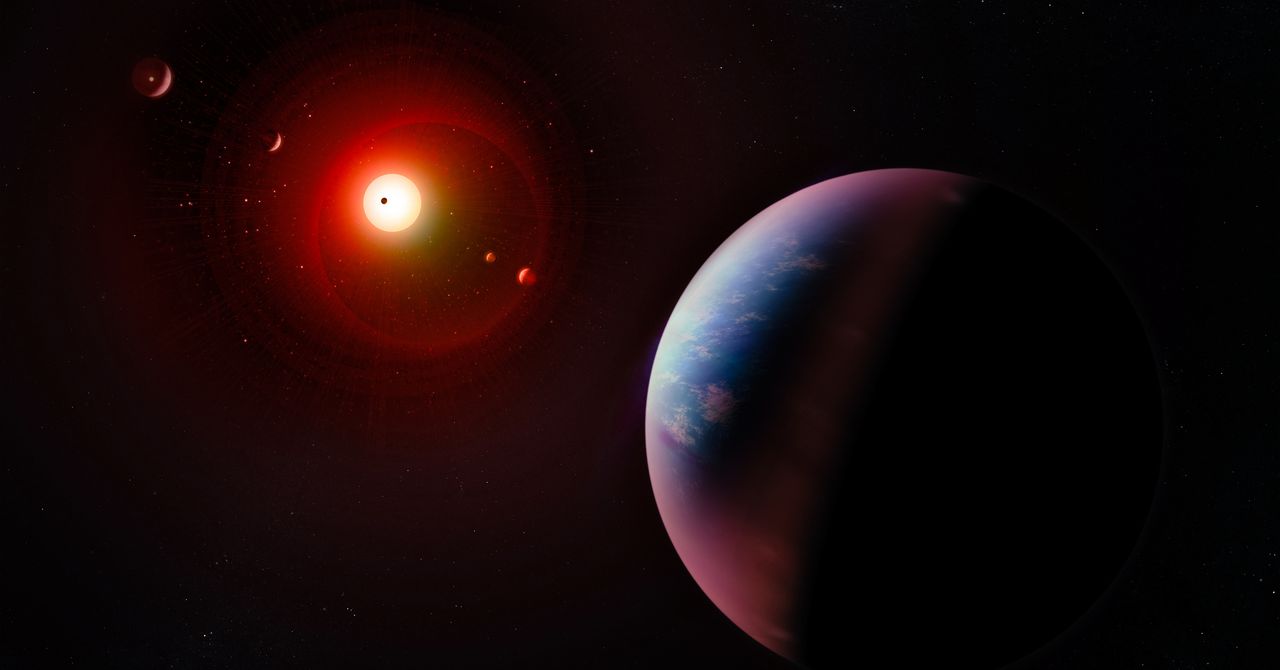Major airports may be alerting intelligent alien civilizations to our presence, according to new … More
Are we being watched? Radar systems at major airports may be doing more than managing air traffic — they could be alerting intelligent alien civilizations to our presence, according to new research presented at the Royal Astronomical Society’s National Astronomy Meeting 2025 in Durham, U.L.
Both civilian and military radar installations emit powerful electromagnetic signals that, according to researchers from the University of Manchester, could be detected by extraterrestrial observers up to 200 light-years away — if those aliens possess radio telescopes comparable to those used on Earth.
Signs Of Intelligent Life
“Our findings suggest that radar signals – produced unintentionally by any planet with advanced technology and complex aviation system – could act as a universal sign of intelligent life,” said lead author Ramiro Caisse Saide, a PhD student at the University of Manchester.
The researchers simulated the way airport and military radar signals from New York’s JFK and London’s Heathrow and Gatwick propagate through space. They then calculated the strength of Earth’s radio signature from the perspective of six nearby star systems:
- Barnard’s Star (6 light-years distant)
- AU Microscopii (32 light-years)
- HD 48948 (55 light-years)
- HD 40307 (42 light-years)
- HD 216520 (64 light-years)
- LHS 475 (41 light-years)
Interstellar Distances
They discovered that airport radar systems globally emit a combined radio output of 2×10¹⁵ watts — enough to be detectable from interstellar distances using telescopes akin to the Green Bank Telescope in West Virginia.
Military radar systems, which are more like a lighthouse beam sweeping the sky, generate bursts of radiation with peak emissions reaching 1×10¹⁴ watts. “These military signals can appear up to a hundred times stronger from certain points in space, depending on where an observer is located,” said Saide, adding that it would look “clearly artificial to anyone watching from interstellar distances with powerful radio telescopes.”
The Hunt For Technosignatures
In recent years, the focus on whether modern civilizations can be spotted from great distances has focused on exoplanets in other star systems. Researchers generally search for so-called “technosignatures” — scientific evidence of past or present technology that would indicate the presence of life in another star system. Finding technosignatures is thought to be easier than detecting biosignatures — evidence of microbial life — in distant star systems.
In October 2024, researchers used the Allen Telescope Array in Lassen National Forest, California, to search for technosignatures in the TRAPPIST-1 star system, the so-called solar system 2.0 just 41 light-years distant in the Milky Way. They found nothing.
Search For Alien Life
The research also refines how we might search for alien life. By understanding how human-made signals appear from afar, scientists can more easily search for similar signs from other star systems.
There are wider implications to this research than the search for aliens. “The methods developed for modeling and detecting these weak signals can also be used in astronomy, planetary defence, and even in monitoring the impact of human technology on our space environment,” said co-researcher Professor Michael Garrett, of the University of Manchester. “By learning how our signals travel through space, we gain valuable insights into how to protect the radio spectrum for communications and design future radar systems.”
Radio Astronomy Revolution
Radio astronomy — the study of celestial objects by observing the radio waves they emit — is on the cusp of a revolution. It’s hoped that the upcoming Square Kilometer Array radio astronomy observatory will help researchers look for technosignatures in the cosmos. SKA is a $2.2 billion project that comprises two large and complex radio telescope networks — 197 radio dishes in Karoo in South Africa’s Northern Cape and 131,072 antennas in Murchison, deep in the outback of Western Australia. Together, they will form a total collecting area of one kilometer spanning two continents, allowing the detection of very faint radio signals.
Wishing you clear skies and wide eyes.









